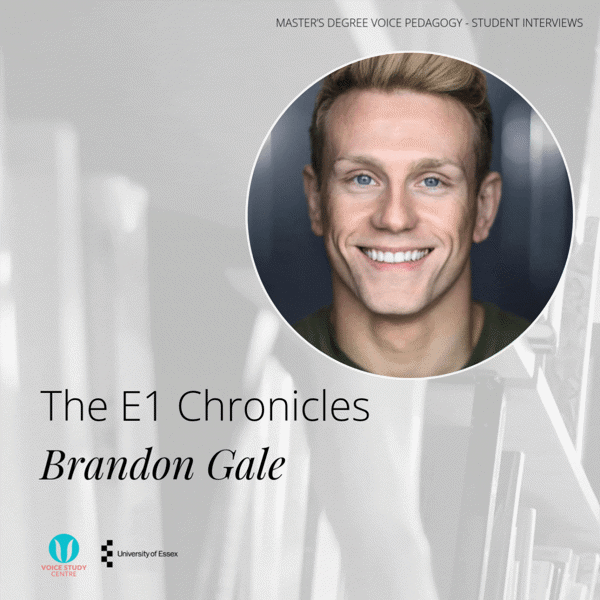Stammering (also known as stuttering) is a fluency disorder which causes involuntary disruptions of verbal utterances when speaking or reading aloud (American Psychiatric Association, 1994). It is characterized by repetition of whole words or parts of words and prolongations of speech sounds, which results in disruption to the normal flow of speech.
The condition occurs most often in young children, whilst their speech and language skills are developing (Wan et al, 2010) and consequently is often first diagnosed in childhood (American Psychiatric Association, 1994). Children who stammer may be perceived negatively by children who do not stammer and may be more susceptible to bullying (Langevin & Hagler, 2004). About 1% of adults continue to be affected by stammering, and there are more men than women who typically stammer in adulthood (Prasse & Kikano, 2008).
Some researchers have investigated the impact singing has on stuttering: A study conducted by Healy, Mallard and Adams (1976) asked participants to read or sing the lyrics of well-known songs with original or altered text. A reduction of stuttering was greater in the singing condition compared to the reading condition. Familiarity with the lyrics played a role in producing this effect: The greatest reduction in stammering was recorded when familiar (original) lyrics were being sung (Healey, Mallard and Adams, 1976)
In a later study, 15 different fluency-enhancing methods (including singing) were researched by Andrews, Howie, Dozsa and Guitar (1982). The results determined that singing songs, chosen by the participants, for 10 minutes, reduced the frequency of stuttering by over 90%. This may have be due to the increased phonation duration.
A literature review investigating the therapeutic effects of singing on neurological disorders, including stammering concluded that increased phonation duration, intonation, as well as familiarity may all contribute to the fluency-enhancing effect of singing to reduce stammering (Wan et al, 2010).
A reduced fluency in speech, because of a stammer, may limit vocational prospects (Craig & Calver, 1991; Bloodstein, 1995).
The theme for ISAD 2022 is ‘Being Seen, Being Heard – Representation and normalization of stuttering in the mainstream’.
This year’s conference continues to bring awareness to stuttering, with the aim of reducing stigma and promoting understanding.
When talking with someone who stutters, here are a few tips to keep the conversation comfortable:
- Listen – focus on what the speaker is saying, rather than how they say it
- Don’t make fun or jokes about a person with a stutter
- Avoid interrupting them
- Do not complete sentences as it can be frustrating or unhelpful if you get it wrong
- Offer to introduce them to colleagues, friends or peers
- Ask if there are any ways you can make it easier for them
(Stamma, 2022)
References
American Psychiatric Association (1994) Diagnostic and Statistical Manual of Mental Disorders (4th edn) (DSM–IV). Washington, DC: APA
Andrews G, Howie PM, Dozsa M, Guitar BE. (1982) Stuttering: Speech pattern characteristics under fluency-inducing conditions. Journal of Speech and Hearing Research. 25:208–216
Bloodstein, O. (1995) A Handbook on Stuttering (5th edn). San Diego, CA: Singular Publishing Group.
Craig, A. R. & Calver, P. (1991) Following up on treated stutterers. Studies of perceptions of fluency and job status. Journal of Speech Hearing Research, 34, 279–284
Craig, A., & Tran, Y. (2006). Fear of speaking: Chronic anxiety and stammering. Advances in Psychiatric Treatment, 12(1), 63-68
Healey EC, Mallard AR, Adams MR. (1976) Factors contributing to the reduction of stuttering during singing. Journal of Speech and Hearing Research. 1976;19:475–480
Langevin, M. & Hagler, P. (2004) Development of a scale to measure peer attitude toward children who stutter. In Evidence-Based Treatment of Stuttering. Empirical Issues and Clinical Implications (ed. Bothe, A. K.) pp. 139–171. Mahwah, NJ: Lawrence Erlbaum Associates.
Prasse JE, Kikano GE. (2008) Stuttering: An overview. American Family Physician. 77:1271–1276
Stamma (2022) About Stammering: Talking with Someone Who Stammers. (Online) https://stamma.org/about-stammering/talking-someone-who-stammers (Accessed 20/10/22)
Wan CY, Rüber T, Hohmann A, Schlaug G. (2010) The Therapeutic Effects of Singing in Neurological Disorders. Music Percept. Apr 1;27(4):287-295



